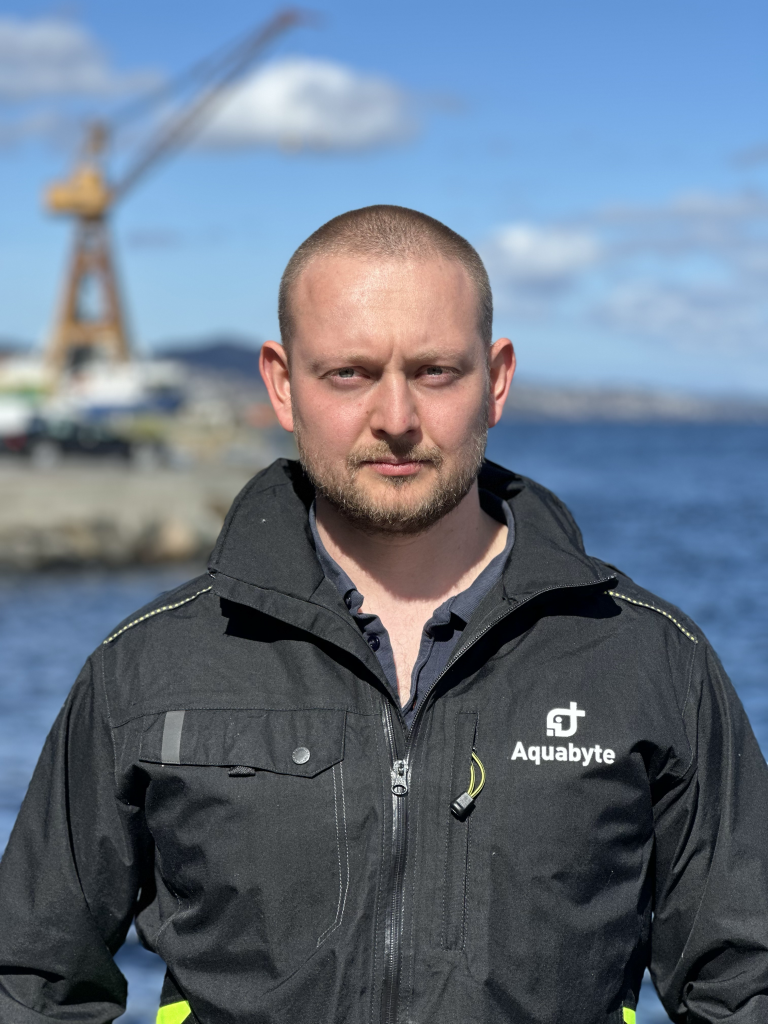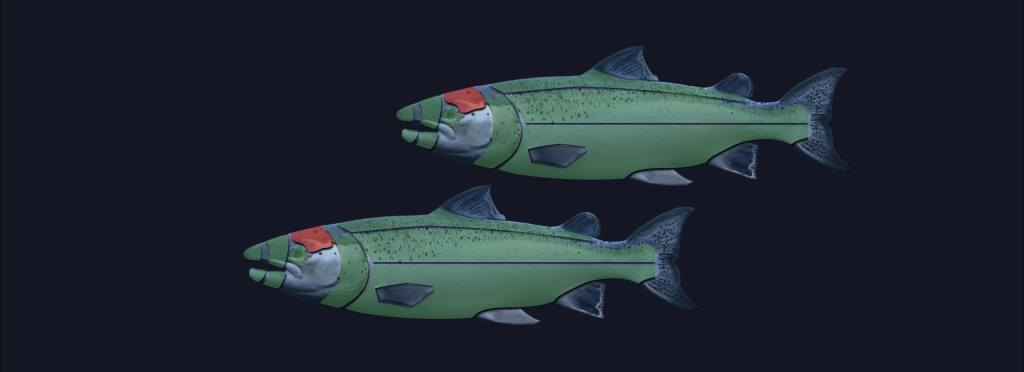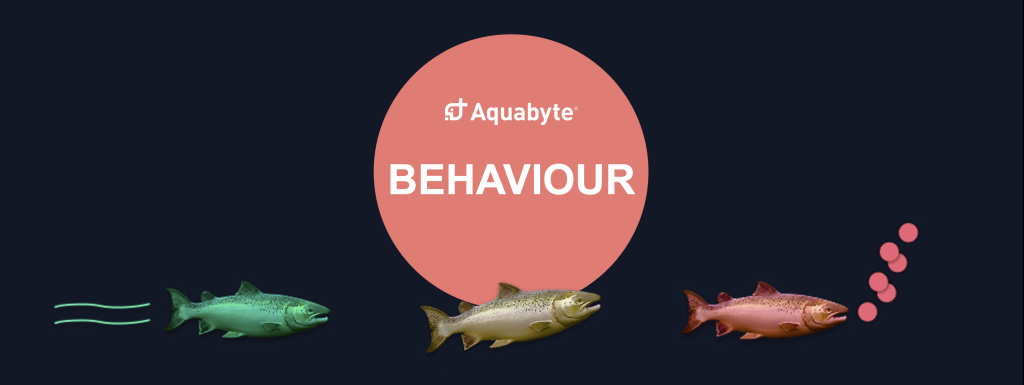With WISE Welfare, you can easily differentiate between wounds and damages on the fish’s head and other parts of the body. Good insight into where damages occur, combined with high-resolution images of the damages, makes it easier to identify the type of wounds and damages the fish has, and what causes them. With automatic registration of head damages, serious fish welfare issues can be identified earlier, and the cause can be addressed before it leads to severe consequences.

Gunnar Berg, Product & Quality Manager
– If you observe that the number of recorded head damages in WISE Welfare increases, and this happens after delousing or the installation of new equipment in the cage, it’s easy to put two and two together and identify the cause of why this is happening.
Poor fish welfare and lower superior rate
The installation of new equipment in the pen, rough handling during delousing, and new production methods are three common causes of head damages in fish. Damages occur when the fish collide with equipment and installations, and if the issue is not addressed, the fish’s condition will worsen over time. The consequence is poorer fish welfare and a lower superior rate at harvest.

Easier to differentiate between wounds and damages
Damages to the fish’s head and the extent of these can be difficult to detect through manual observations. At the same time, it is challenging to distinguish between damages caused by impacts and blows to the fish, and wounds that may be caused by, for example, bacterial infections. The causes of wounds or damages vary, and in order to address the issue, it is crucial to be able to differentiate between different types and their causes.
With daily updated data on head damages and detailed images that make it easier to identify types of wounds and damages, WISE Welfare makes it easier to identify the cause and address issues before the problem escalates.
More head damages in certain types of pens
Data shows that the prevalence of head idamages, caused by fish colliding with equipment and installations in the pen, is higher in certain production methods compared to others. This may be due to the limited space in some types of pens and tanks. It is equally likely that new production technology places greater demands on the proper installation of equipment to prevent damages and impaired fish welfare.
– We see that the number of damages from impacts and blows to the fish’s head is higher in new production methods, such as submerged cages and snorkel cages. This may be caused by equipment malfunction or incorrectly installed equipment, such as the air dome. Monitoring of head damages is important in all pens, but especially in new pen types, says Gunnar Berg.

Detailed data – user-friendly interface
With large amounts of detailed data available in the User Portal, it is important that this is presented in a way that provides you with a simple and quick overview of the fish’s status and condition. In WISE Welfare, data for head damages, body wounds, and 16 other welfare indicators based on LAKSVEL are displayed in a user-friendly manner, so you can immediately see what requires extra attention and action.





